Sustainable Tourism for (and in) an Ecuador Cloud Forest
Spotlight on Global Pathways
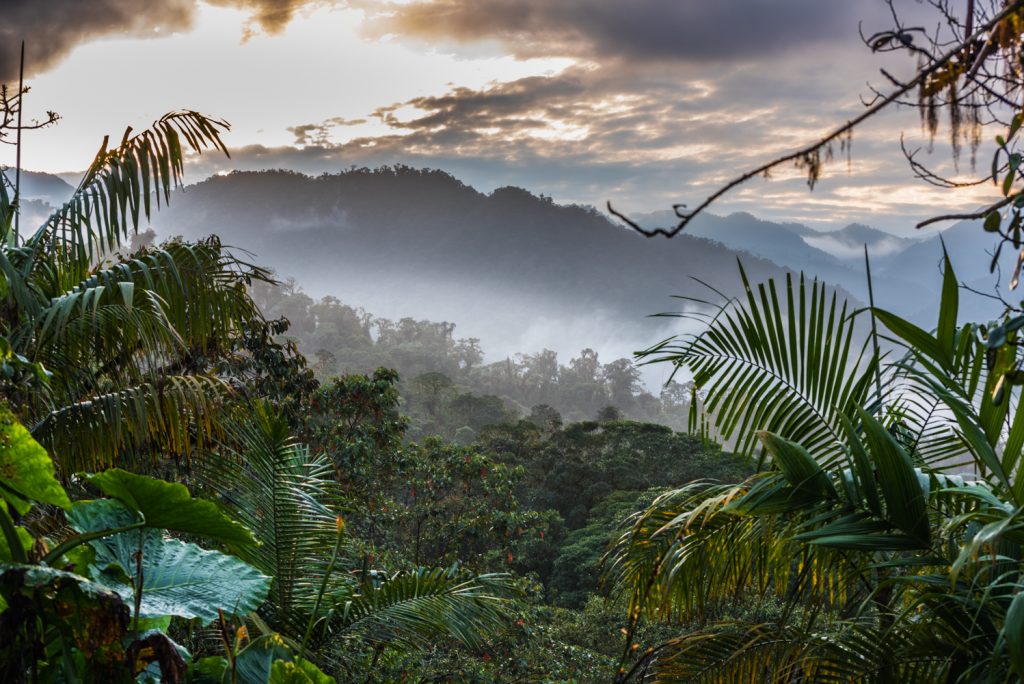
Dates: May 18 – June 26, 2020
Applications Open: Nov. 1, 2019
Applications Close: Feb. 1, 2020
By Molly Loughman
In the remote mountains of western Ecuador, a small group of families operate an ecolodge and care for the surrounding 1,800 acres of cloud forest reserve. That’s where Emerson students will travel this summer, to help the families grow their business. In the process, they will earn college credit while studying biodiversity conservation, local cultural preservation, sustainable tourism, and marketing.
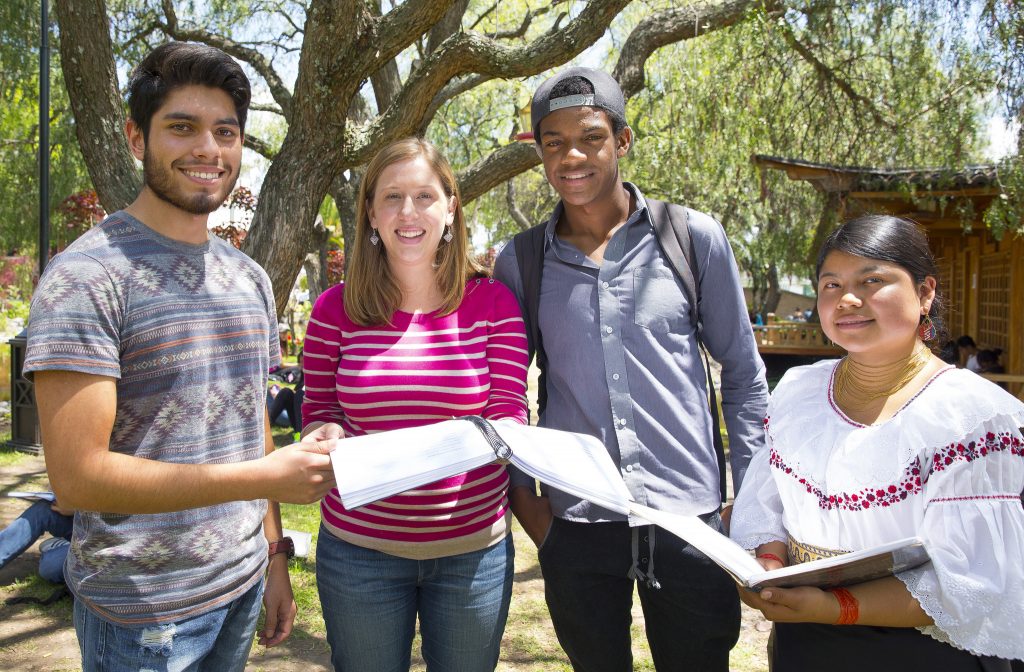
This course — “Integrating Marketing & Sustainable Tourism: Choco Region & Galapagos” — is one of the newest of Emerson’s Global Pathways Programs. During the six-week, eight-credit experience, participating students will work with faculty from the Universidad San Francisco de Quito (which includes marketing department chair and Emerson alumna Ximena Ferro ’93) as well as staff from the Santa Lucía Lodge. Their mission: to create a marketing campaign that will increase local tourism while maintaining the character and operations of the lodge.
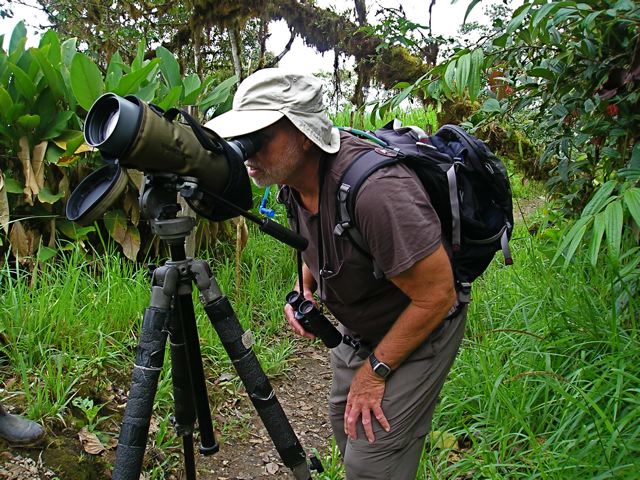
“But in order to do that, learning marketing is not enough,” says Marketing Communications Associate Professor Nejem Raheem, who will lead the Ecuador experience.
“You need to learn about the history of the land laws in Ecuador. You need to learn the history of biodiversity conservation efforts, about sustainable tourism, and about the ecological benefits this tourist operation is providing to the country — not just the monetary benefits. You also need to understand sustainable development to a certain extent.”
The Santa Lucia Ecolodge and surrounding forest exemplifies an Ecuadorian movement that began in the 1970s. Before then, residents were “landless peasants who didn’t have any title to the land they were working on,” Raheem explains. New legislation enabled locals to cultivate, settle, and gain formal title of land, and subsequent laws allowed them to gain title to land devoted to conservation. “This is the trajectory Ecuador’s been going through since then — to reduce poverty and land degradation.”
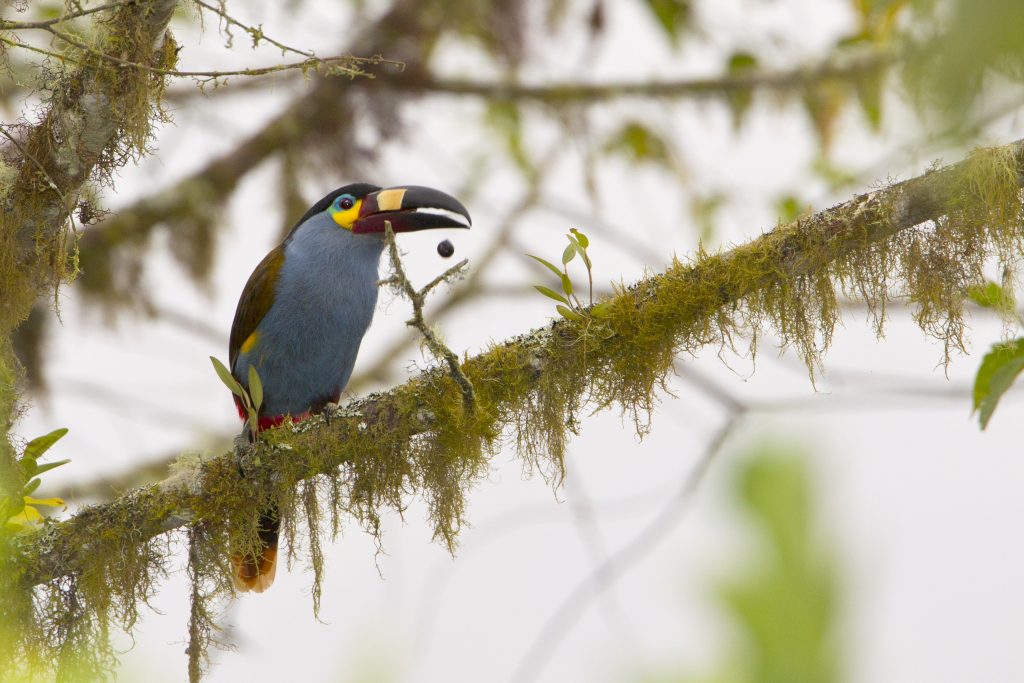
The mountainous Santa Lucia reserve is known for its rich biodiversity, which thrives across its varying climatic zones. Unmarked by many modern tourist attractions, such as all-terrain vehicle trails, zip lines, and the like, it is most visited by guests from the United States, Canada, and Europe. The objective of Raheem’s class is to develop a marketing plan that appeals to Ecuadorians.
“It’s a very unique natural habitat. The hard thing is, how do we keep it holistically well preserved with no modernization, and also get people coming?” Raheem asks. “It doesn’t have to be a ton of people — we’re talking two Ecuadorian families a month. It’s a modest goal, but right now it’s zero.”
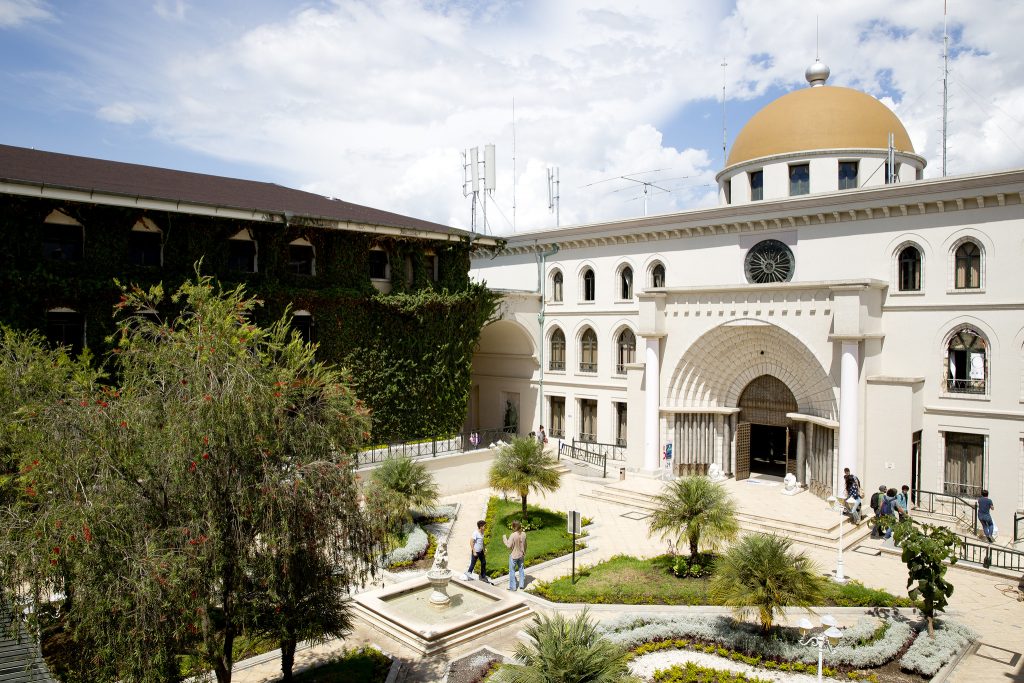
Prior to travel, participating students will study Ecuadorian literature and culture, and be prepared for what to expect. They will stay with local families in Quito, Ecuador’s capital, while acclimating to the high Andean altitudes and beginning their marketing class. They will then hike through the forest and up the mountain to Santa Lucía, where they’ll continue class through a five-day stay at the ecolodge.
The students will then travel to the the Galápagos Islands, a world-renowned hub for wildlife conservation, where they’ll take classes on biodiversity conservation and sustainable tourism for a week. After, students will return to Quito to create a marketing plan for their client, Santa Lucia Ecolodge, in order to boost local commerce and conservation.
The application period for the Global Pathways Ecuador experience opened Nov. 1 and will close Feb. 1.
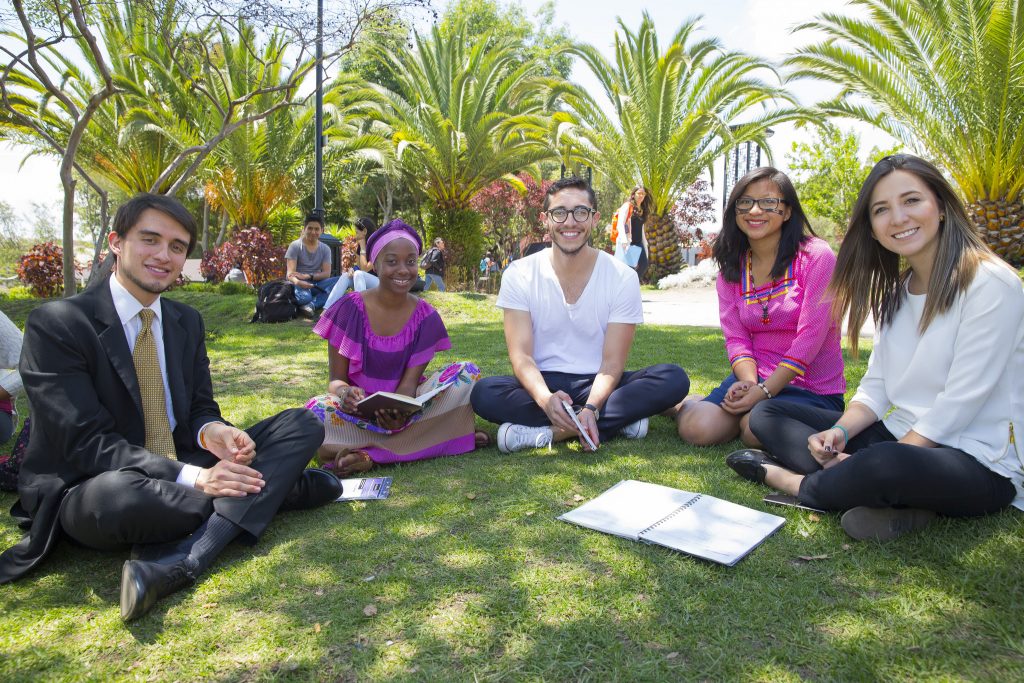
Categories